

Although they share similar key specifications and features, the Sony A6700 and the Fujifilm X-T5 actually differ a lot when it comes to their appearance and control layout, with the former model also being priced lower than the latter.
So we’re bringing you this in-depth Sony A6700 vs Fujifilm X-T5 head-to-head comparison to help you choose between these two mirrorless cameras.
You can also read our detailed Fujifilm X-T5 review and Sony A6700 review to find out exactly what we think of each one.
Sensor
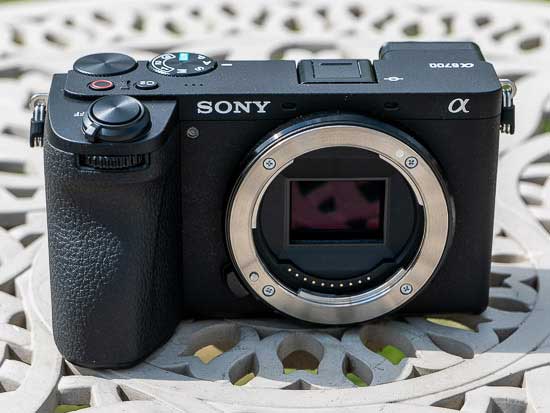
The image sensor is one of the big differences between the A6700 and the X-T5, and a good reason why you should choose one over the other.
The new Sony A6700 has the same 26 megapixel Exmor R backside-illuminated (BSI) CMOS sensor that was used in the FX30 cinema camera, joined by the latest Bionz XR processor.
The Fujifilm X-T5 has a much higher resolution 40.2 megapixel X-Trans CMOS 5 HR sensor, which is the joint highest resolution currently found in a Fujifilm cropped sensor mirrorless camera.
Both models have a backside-illuminated (BSI) sensor which is better at collecting light and should help to improve image quality.
Multi-shot Mode
The X-T5 features the special Pixel Shift Multi-Shot mode, which combines 20 separate images to create a single 160 megapixel RAW file for the ultimate quality when detail really matters.
The A6700 does not offer this feature at all.
ISO Speed
The Sony A6700 has a native ISO range of 100-32,000, and both can be pushed two stops further to ISO 204,800 and drop down to ISO 50 if required.
The Fujifilm X-T5 has a smaller native sensitivity range of ISO 125-12,800, which can be expanded down to ISO 64 and up to ISO 51,200.
Video
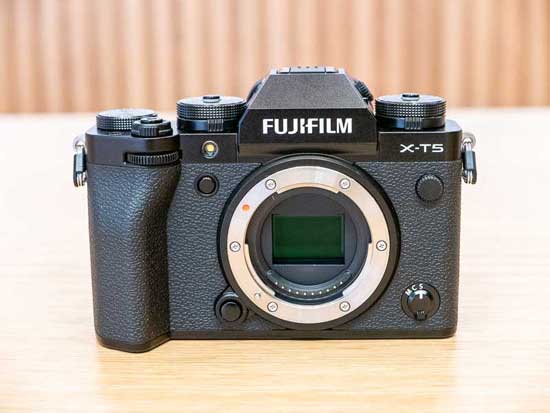
The A6700 can capture oversampled 4K from 6K at up to 60p and also 4K/120p with a 1.62x crop. Video can be captured in 10-bit 4:2:2 or 4:2:0 in either H.265 or H.264 AVC files.
The Slow and Quick motion mode offers frame rates ranging from 1fps to 240fps at 1080p quality.
The XT5 offers a highest video quality rate of 6.2K/30p with a modest 1.23x crop recorded in 4:2:2 10-bit internally.
It also supports up to DCI 4K/60p recording with no crop and can shoot 1080/240p slow-motion footage.
Autofocus
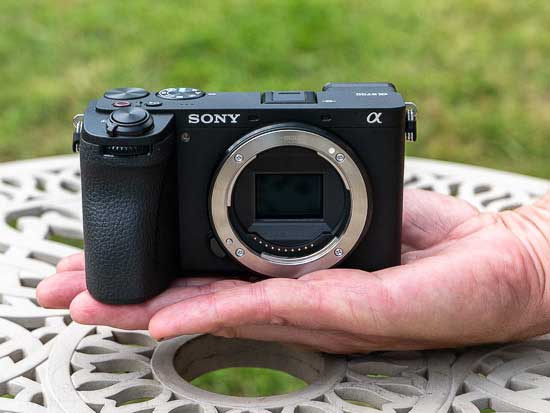
The new A6700 has 759 phase-detection points and 25 contrast points that cover 93% of the frame, with the system working all the way down to -3EV low-light.
The new X-T5 has exactly the same hybrid autofocus system with phase detection and and contrast detections points as the more expensive X-H2.
In the Single point AF mode there are up to 425 selectable AF points arranged in a 25×17 grid. Alternatively, the camera can be set to 117 points in a 13×9 grid, and the size of the points can also be varied.
The X-T5 can focus down to an incredible -7EV in low-light, far surpassing the A6700.
Both of these cameras offer advanced subject recognition, with the A6700 recognising the same number of subjects as the XT5.
As well as humans and animals, the A6700 also has the ability to recognise airplanes, cars, trains and insects.
The X-T5 can automatically detect animals, birds, cars, bikes, planes and trains thanks to the X-Processor 5’s AI deep learning capabilities.
Burst Shooting
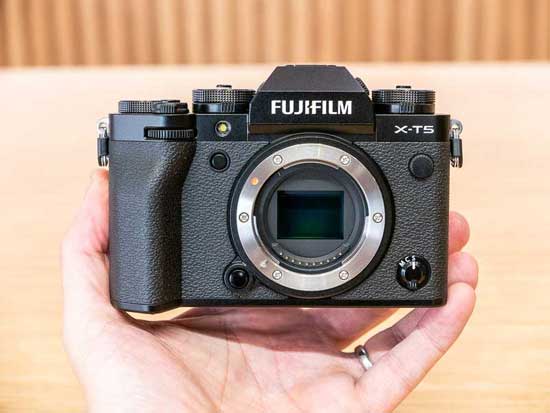
The Sony A6700 offers 11fps burst shooting with Full AF/AE tracking, whilst the XT5 can shoot at up to 20fps when using the electronic shutter, albeit with a 1.29x crop applied. The XT5 offers 15fps continuous shooting speed with no crop when using the mechanical shutter.
There is one significant difference between them though that has more of an impact on burst shooting performance – the buffer size.
The A6700 has a much larger buffer than the XT5, being able to shoot at 11fps for over 1000 Fine JPEGs, 59 RAW images or 44 RAW and JPEGs in one high-speed burst.
In comparison, the X-T5 can only manage a relatively meager 119+ JPEGs or 19 RAW files before the continuous shooting rate starts to slow down.
Body

These two cameras take a markedly different approach in terms of their design and control layout, with the A6700 following the long-established rangefinder-esque format of the A6000-series cameras and fewer manual controls than the XT5.
The X-T5’s design is more “DSLR-like” with the viewfinder in the centre and it retains all of the traditional dials and controls that Fuji users have come to know and love, including the classic ISO, Shutter Speed and Exposure Compensation dials on top of the camera.
The XT5 weighs 476g body-only or 557g with a battery fitted.
Viewfinder
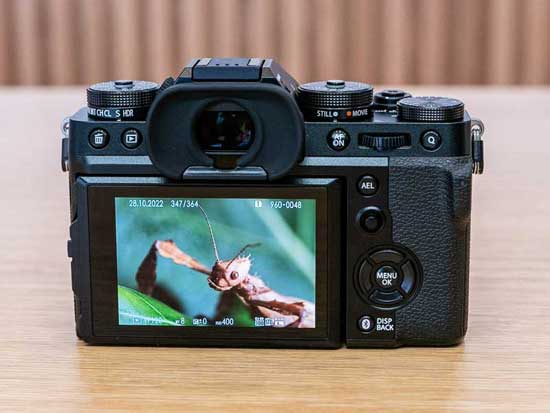
The A6700 has a 2.36million-dot XGA OLED electronic viewfinder which features 0.70x magnification, 23mm eyepoint, 100% scene coverage and either a 60fps or 120fps frame rate setting, the latter helping to help track moving subjects more smoothly with virtually no lag.
The X-T5 has a higher resolution 3.68M-dot electronic viewfinder with greater 0.80x magnification, but a slower 100fps refresh rate.
LCD Screen

One of the biggest differences between these two cameras is the action of the LCD screen.
Fujifilm have used a 3-way tilting LCD on the X-T5 with a resolution of 1.84M-dots, making it the highest-res screen of any current Fujifilm APS-C camera.
The Alpha 6700 has a 3-inch 1,03M-dot LCD monitor with a vari-angle design that is arguably more versatile and better suited to video use, but we’d have expected to see a much higher resolution screen on a new camera released in 2023.
IBIS
Both cameras have 5-axis optical in-body image stabilisation that corrects for pitch and yaw shake.
The A6700 is rated for up to 5 stops of compensation. Sony claim that the A6700 has an updated algorithm that provides more precise control and detection down to the single pixel level, but we’re not sure at this point what material effect that has on the resulting images.
The XT5 is the sixth Fujifilm camera to feature 5-axis in-body image stabilisation (IBIS), providing up to a maximum of 7-stops, half a stop better than its predecessor and the joint-best of any current Fujifilm camera with the X-H2 and X-H2S.
Memory Cards

The Sony A6700 only has a single SD UHS-II memory card slot, whereas the Fujifilm X-T5 has dual memory card slots, both of which support UHS-II SD cards.
Battery Life
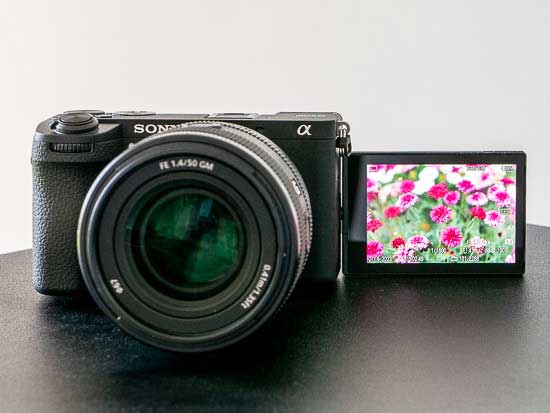
The Sony A6700 offers a CIPA-rated battery life of around 700 shots when using the LCD screen and 750 when using the viewfinder.
Fujifilm are claiming that the X-T5 offers 740 shot battery life in economy mode.
Both cameras can also be powered and charged via a USB-C connection, which is useful if you’re out and about and have a compatible power-bank to plug the camera into.
Price
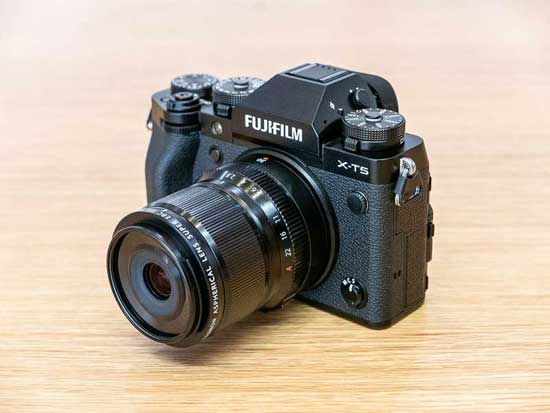
The Sony A6700 has a price-tag of £1450 / €1700 body only, £1550 / €1800 with the Sony E PZ 16-50mm F3.5-5.6 OSS kit lens or £1800 / €2100 with the E 18-135mm F3.5-5.6 OSS zoom lens.
In comparison, the Fujifilm X-T5 is priced at £1699 / $1799 body-only in the UK and USA respectively.
Conclusion
The Fujifilm X-T5 offers more megapixels, the special Pixel Shift Multi-Shot mode, 6K/30p video, faster burst shooting, two-stops better IBIS system, a higher-resolution LCD screen and EVF, and dual memory cards, while the Sony A6700 provides 4K/120p video recording, a much bigger buffer for burst shooting, larger ISO range, a vari-angle screen and a significantly lower price.
So what do you think? Would you choose the Sony A6700 or the Fujifilm X-T5? Leave a comment below!






